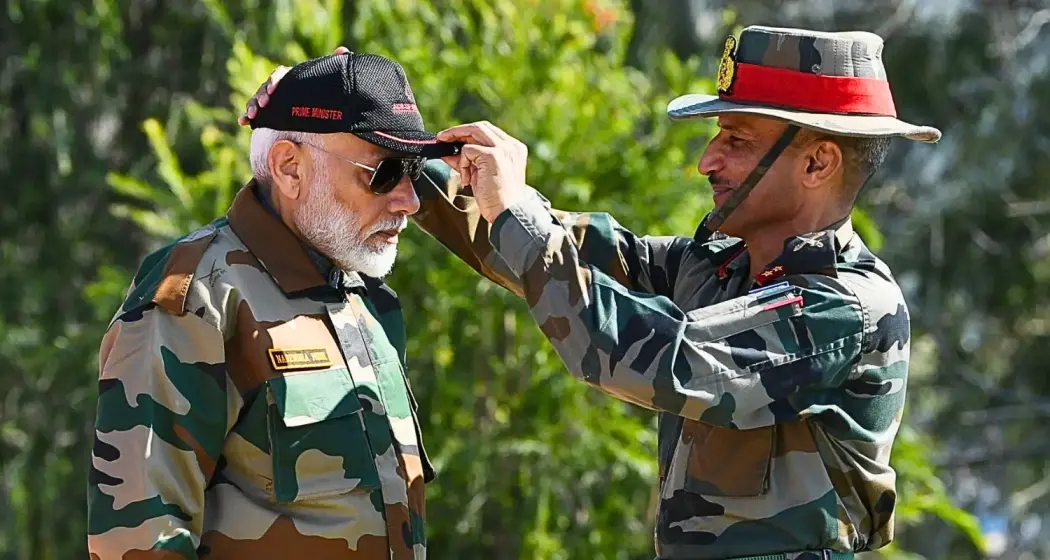Former Indian Army Captain and Veteran Actor Achyut Potdar Passes Away at 91
Veteran actor Achyut Potdar, remembered for his defence service and iconic acting roles, passed away on August 18 at the…
Stress of Army Service Makes Heart Attack on Leave Attributable to Duty: Punjab & Haryana HC
In a significant ruling, the Punjab and Haryana High Court has held that the death of an Army officer due…
Indian Army to Host MILMEDICON-2025 in New Delhi
The Indian Army will organise MILMEDICON-2025, an international conference on physical and mental trauma in military environments, at the Manekshaw…
Dvipa Defence’s Indigenous U-19 SMG Set for Paramilitary Trials
Hyderabad-based Dvipa Defence India Private Limited has developed the U-19 submachine gun (SMG), an indigenous weapon chambered in the 9×19mm…
U.S. Secretary Rubio Explains Why Trump Admin Taxed India Over Russian Oil but Delayed China Sanctions
The Trump administration’s handling of sanctions on nations purchasing Russian oil has drawn sharp attention after U.S. Secretary of State…
PM Modi to Address Top Military Commanders in Kolkata Next Month
Prime Minister Narendra Modi will address the nation’s top military leadership at the Combined Commanders’ Conference, scheduled for the third…






